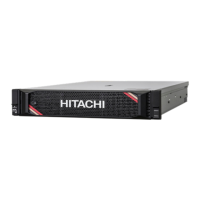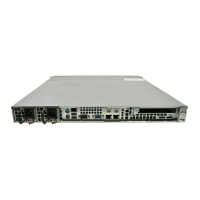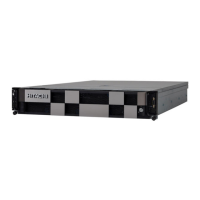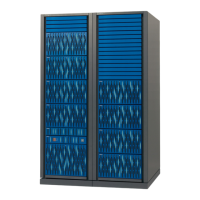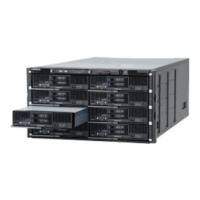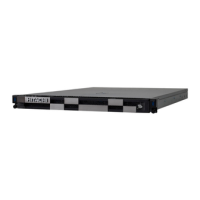Configuring the hardware and installing an operating system
•
If there is an existing logical drive on the hardware/software raid, then Intelligent Provisioning just displays the
information.
•
If there is no existing logical drive, then Intelligent Provisioning automatically creates an OS drive and Data drive
based on the number of drives available.
•
You can modify the following logical drives:
1.
Recommended raid configuration that Intelligent Provisioning automatically created.
2.
Array / Logical drive user created from the RSS.
•
You cannot modify any existing array / logical drive on the server.
NOTE:
If there is more than one RAID controller installed on the server, Intelligent Provisioning will automatically select
the best RAID controller for configuration.
Procedure
1.
Click the
Pencil
icon on the top-right corner of this page.
2.
Click
Create Array
.
3.
Check in the
Model number
and how you want to use it as an Array or Spare.
4.
Click
Next
.
5.
Select the
Raid Mode, Raid Size (GB), Accelerator, Legacy Boot priority and Strip size (KB)
.
6.
Click
Next
to review your settings.
7.
You can either click
Back
and change the setting or click
Done
to confirm it.
8.
Under,
Create Logical Drive
you can view the drive information.
9.
If you want to delete the current allocation, click
Clear all array
.
Select OS drive and set partition
About this task
In this page, the user can choose to perform manual partition, or let the operating system perform the automatic partition
during installation.
For automatic partition:
1.
Leave the
Use Recommended Partition
check box checked.
2.
Open
Select one following drive to configure as OS drive
drop-down menu, select the hard drive on which you wish
you install the OS.
For manual partition:
1.
Uncheck
Use Recommended Partition
check box; then the below section displays the chart for the default partition.
The chart varies based on the Operating system and version.
•
For Windows/Hyper-V:
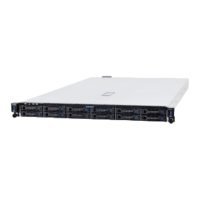
